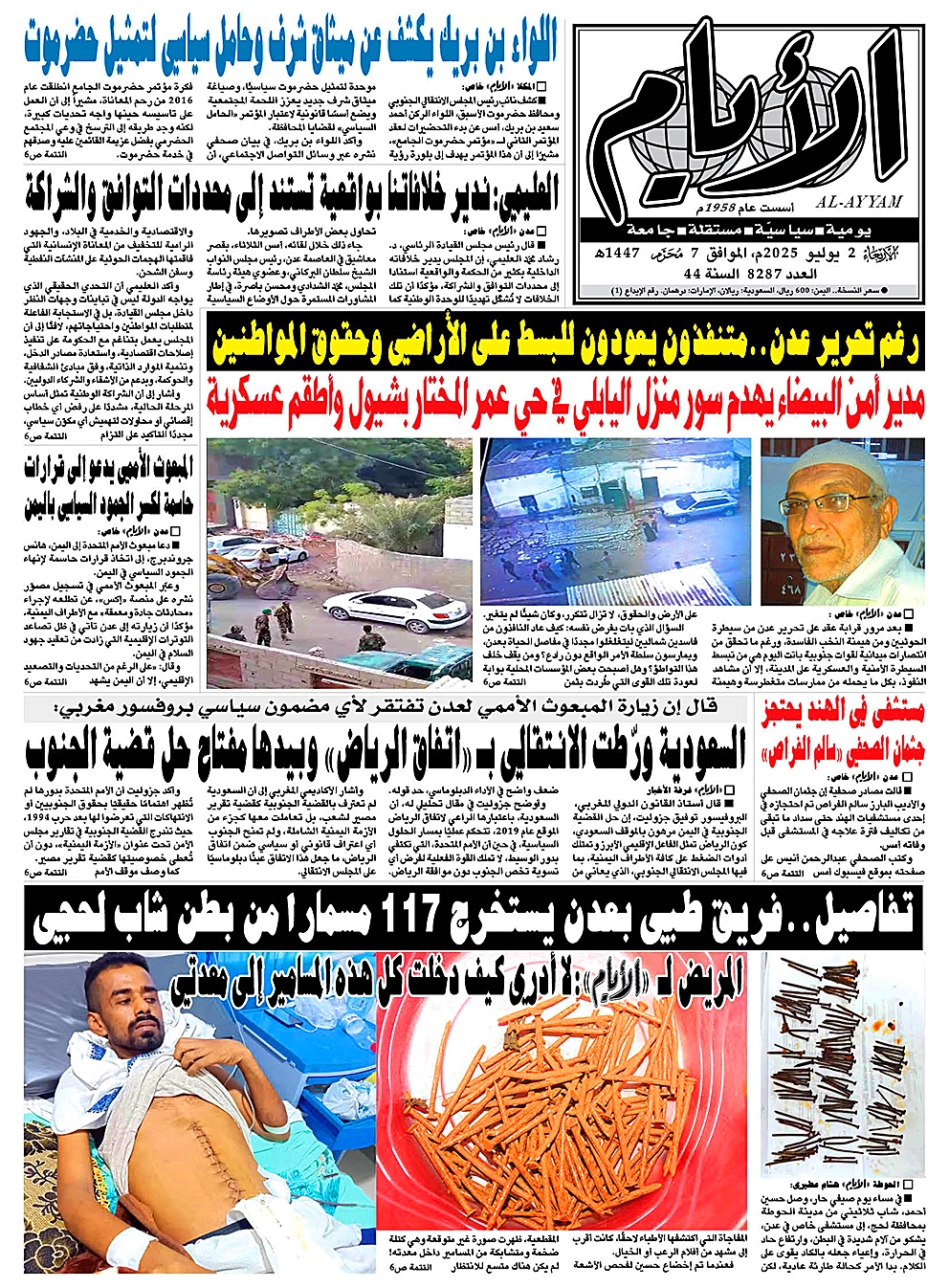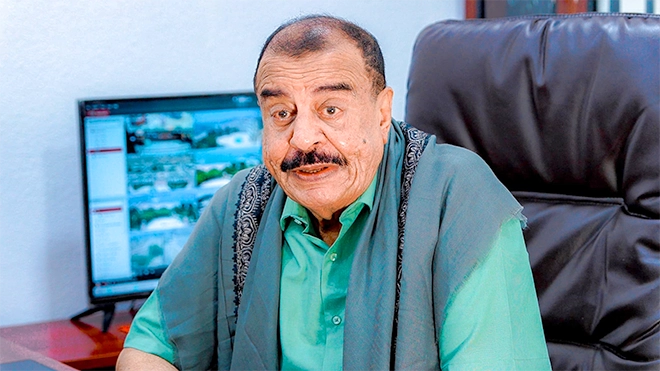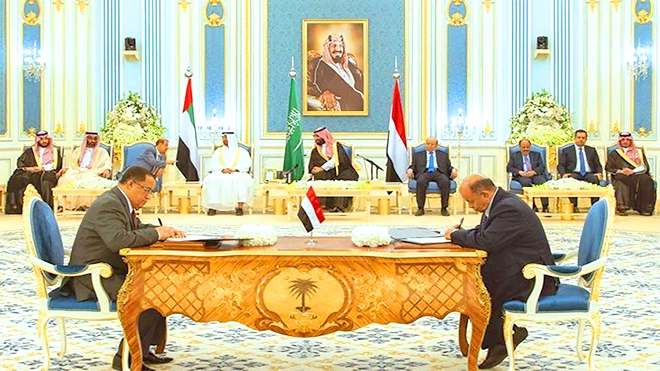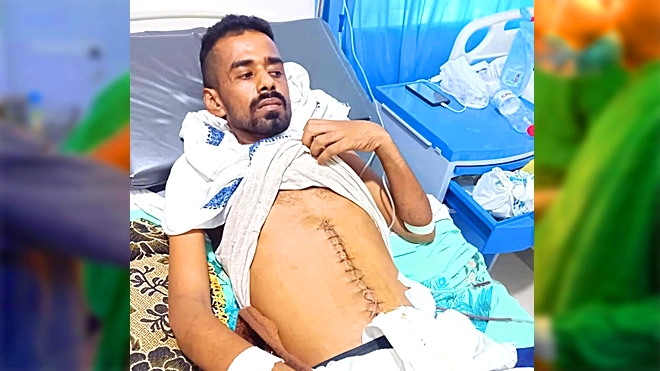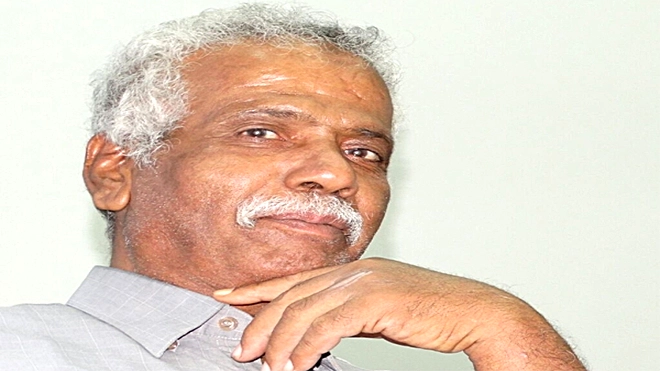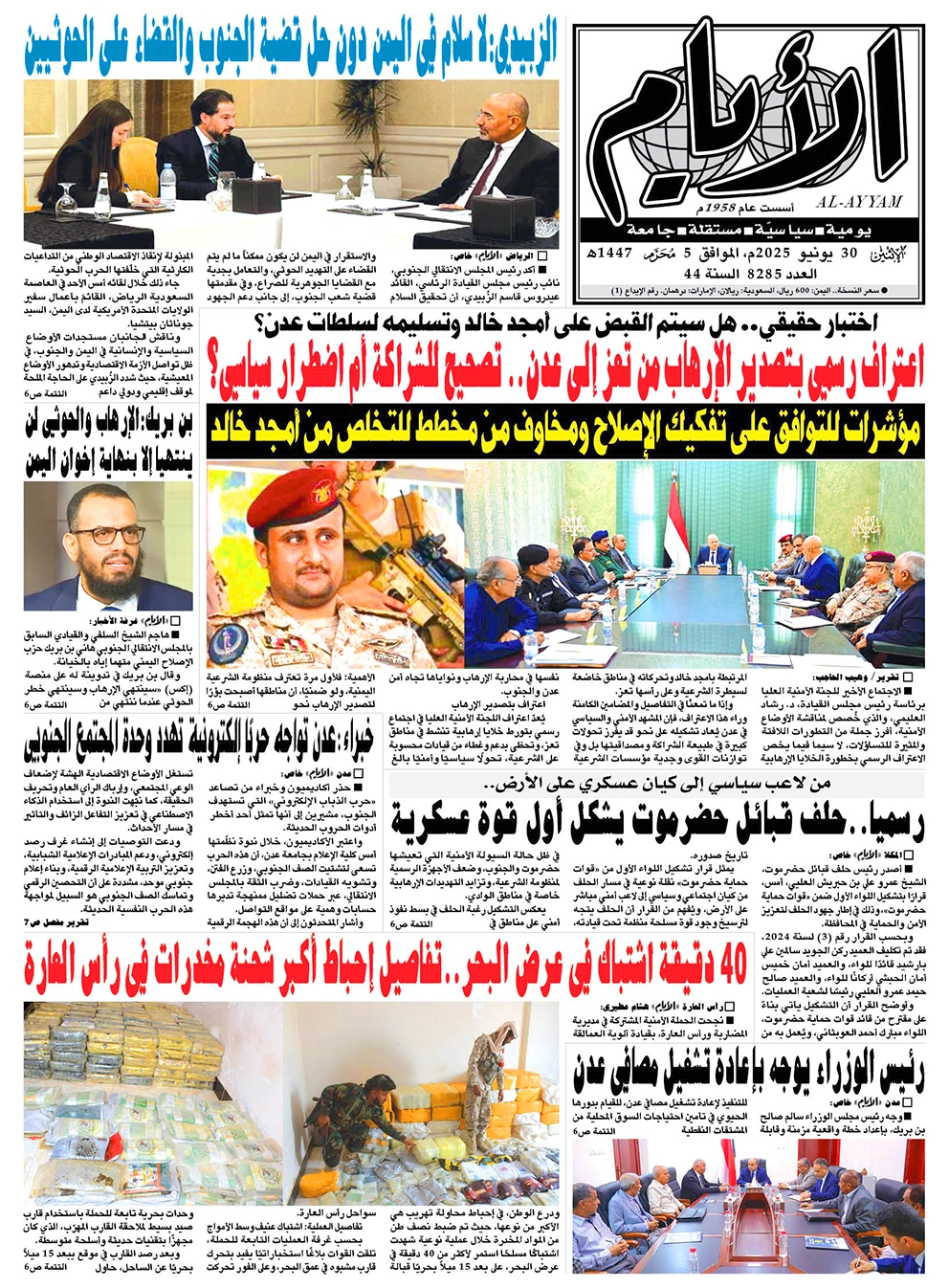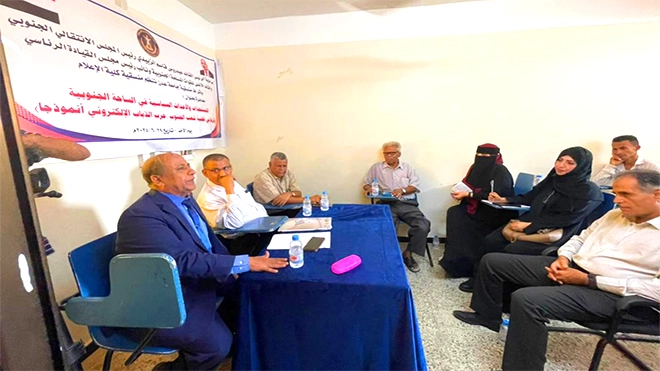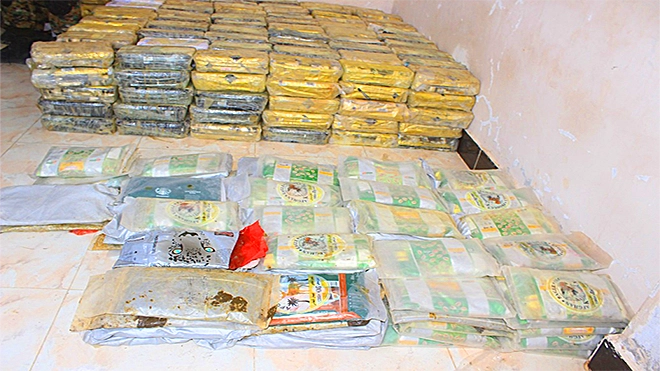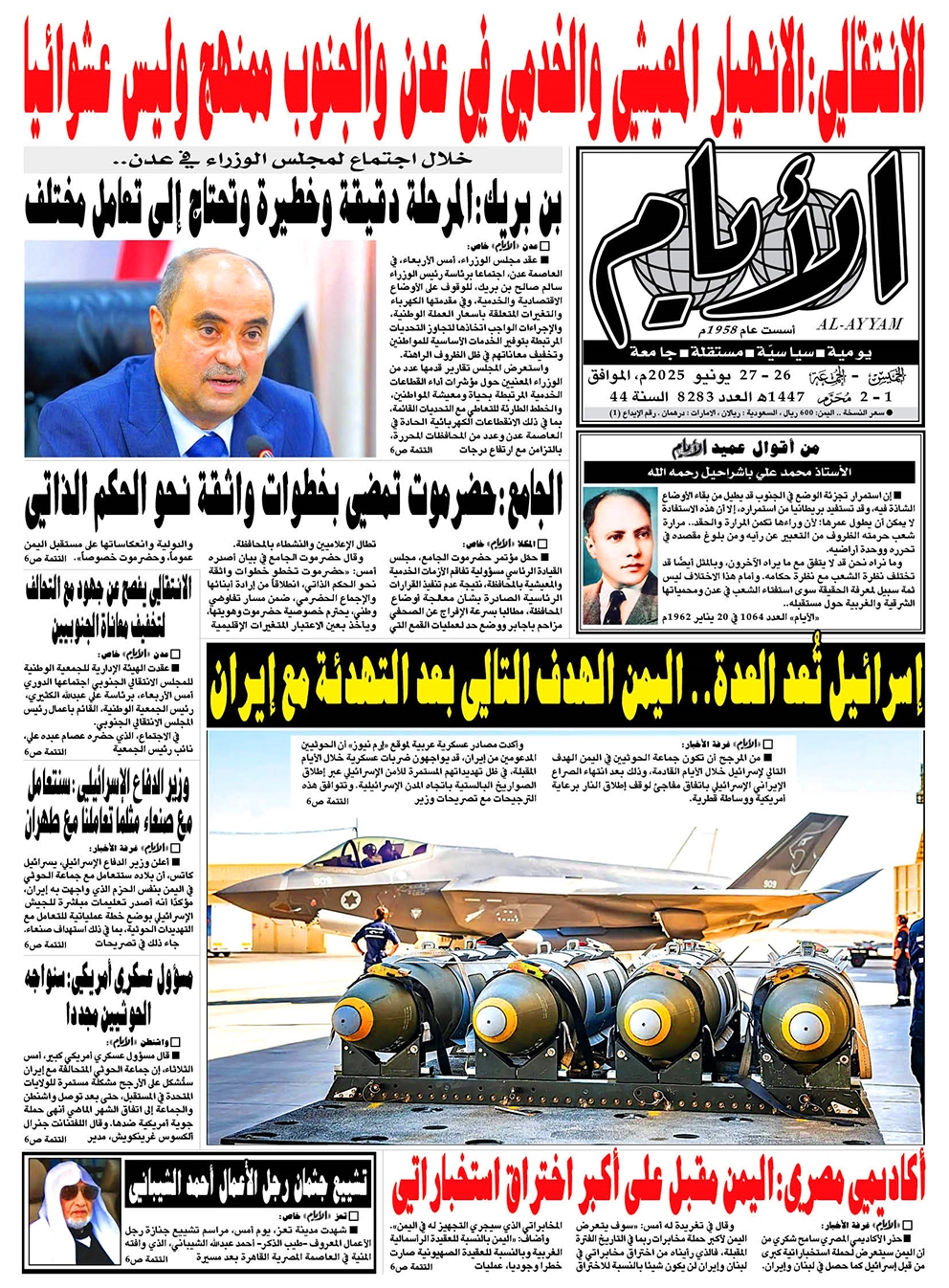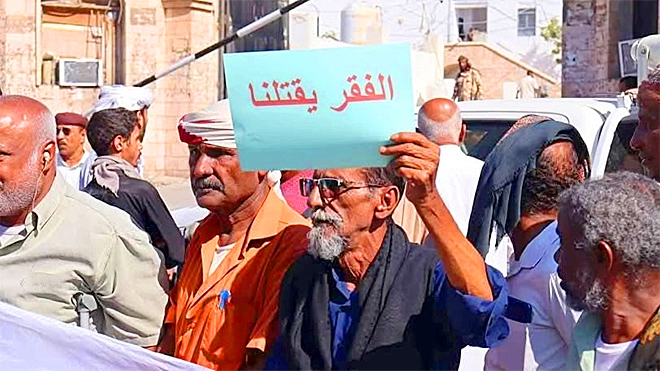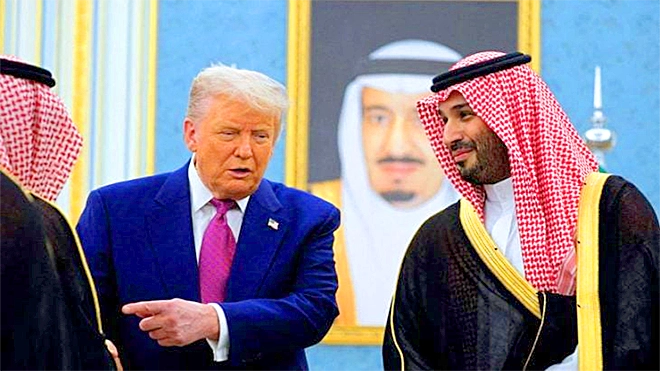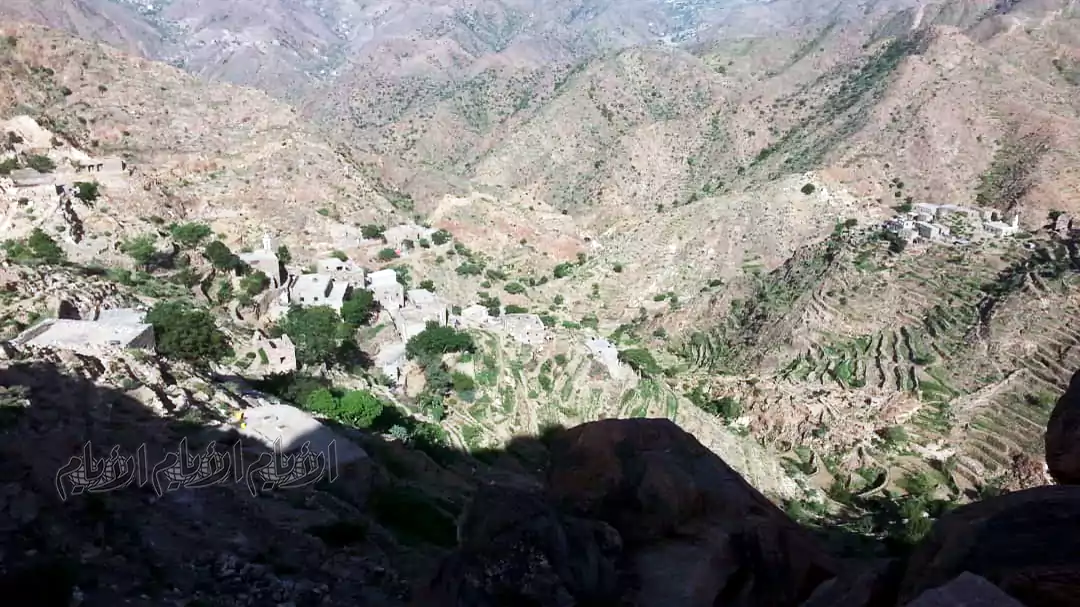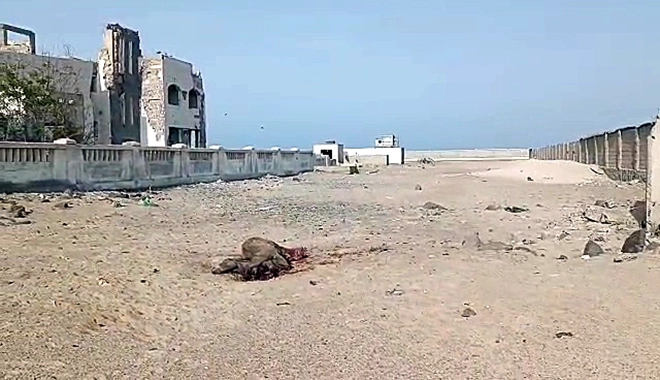> Aden .. Analysis
The sources claimed that the Al-Baydaa Governorate's senior sheikhs and clerics sponsored the agreement in exchange for the terrorist Houthi elements' commitment to protect the governorate from what they referred to as "mercenaries of aggression," or the southern resistance and the government coalition forces supported by Saudi Arabia and the United Arab Emirates.
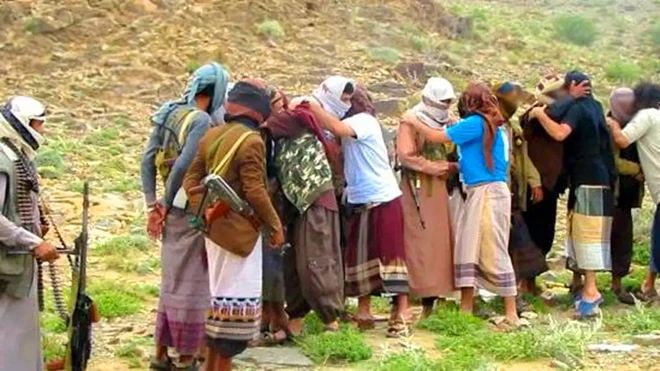
A prisoners exchange between Al-Houthi Movement (Anssar Alla) and Al-Qaeda
Late last year, the sixth agreement involving the two sides stigmatized by terrorism was carried out that involved the exchange of dozens of inmates.
Some observers stated that the agreement between Al-Qaeda and the Houthis is a reaction to the southern forces associated with the recognised government coalition's entry into the most significant and largest terrorist organization strongholds in Abyan Governorate bordering Al-Baydaa Governorate, and the liberation of numerous locations, including the "Omran" camp, in addition to the signing of an agreement Security cooperation between Yemen and the UAE during the visit of the Yemeni Minister of Defense, General Mohsen Al-Daari, following the visit of President Al-Alimi, last December, which the military expert, Brigadier General Thabet Saleh, considered it the first bilateral security agreement between the two countries since the beginning of the 2015 war.
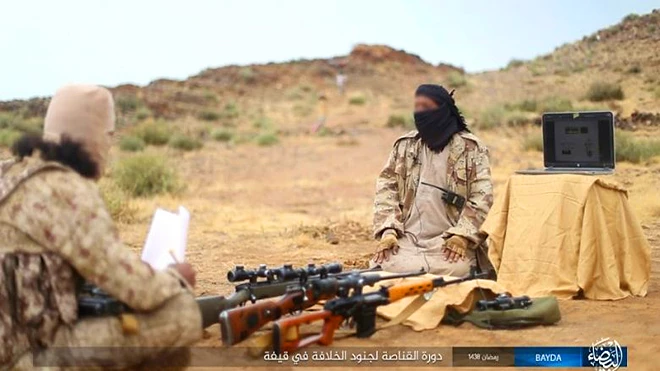
According to Brigadier General Thabet Saleh, " The serving and cooperation between al-Qaeda and the Houthis on the one side, and between the Brotherhood and al-Qaeda and between them all, is well known to those with insight. It was expected that it would eventually lead to the signing of a joint defense agreement for Al-Baydaa Governorate in particular, indicating that this step comes in the context of Hostilities between the Houthis and al-Qaeda against the south, its forces and its transitional council.”
And he continued, saying: "Serving the Houthis and al-Qaeda does not need evidence or proof, as it is crystal clear because they coexist and cooperate in Al-Baydaa Governorate, just as the Houthis coexist with the Brotherhood in Taiz Governorate, as well as in Ma'rib," emphasizing that the exchange of prisoners between Al-Qaeda and the Houthis is the most basic form of cooperation and service between the two groups.
Many citizens and local residents had confirmed that there are suspicious movements of large numbers of armed groups within rural districts and in mountainous areas, amid an influx of military vehicles and four-wheel drive vehicles of masked gunmen carrying machine guns and RPG launchers, heading towards mountainous areas, valleys, and rugged reefs in the late hours of the night.
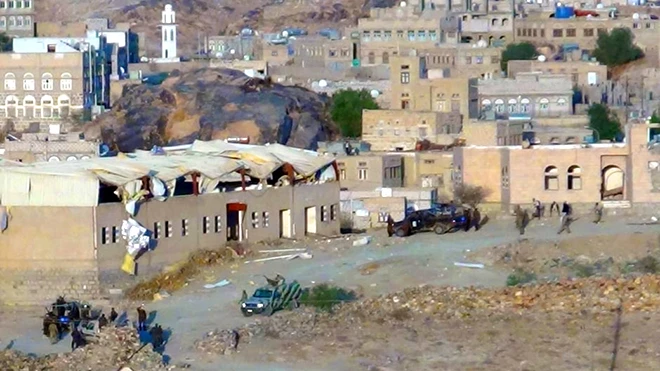
These agreed-upon movements by the Houthis and Al-Qaeda in Al-Baydaa governorate follow the continuation of large-scale military operations led by the southern armed forces with the support of an Arab coalition led by the United Arab Emirates to combat terrorist organizations in the mountainous areas of the governorates of Abyan and Shabwa in the south, adjacent to Al-Baydaa governorate in the north, which pushed the Houthis and the organization Rule to sign a protection treaty under the pretext of protecting the province.
Shaja' went on saying “The evidence of the Houthis and Al-Qaeda serving each other is when Al-Qaeda seized a camp in the "Bayhan" district of the southern province of Shabwa shortly before the Houthi coup,". Al-Qaeda withdrew all heavy and light weapons to a mountainous terrain in the northern province of "Al-Baydaa."until the Houthi militia arrived. This area received the weapon that al-Qaeda had prevented the tribesmen from obtaining, and it was given to the Houthis, who used it to fight the tribes that resisted the Houthi coup.
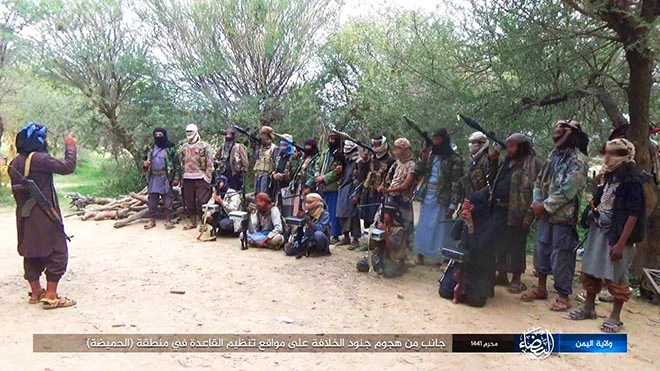
Al-Qaeda and ISIS camps can be found in the desolate areas of Baydaaa governorate, particularly in the mountain ranges that connect the governorates of Abyan, Al-Baydaaa, and Shabwa. Al-Qaeda is also present in the Wald Rabie neighborhood, but in a limited capacity.
Majid Al-Madhaji, the co-founder and executive director of the Sana'a Center for Strategic Studies, stated that there is a fundamental difference between al-Qaeda and ISIS in the governorate, where some al-Qaeda members belong to the governorate's tribes, allowing the organization to integrate into the social fabric, whereas ISIS has extremist beliefs, most of its members are non-Yemenis, causing the governorate's people to treat them as strangers, and Consequently, their relationship witnessed severe and regular tension with the tribes.
"Due to the central strategic location for the Republic of Yemen and the proximity of Al- Baydaaa governorate to the governorates of Sana'a and Ma'rib in the north and Shabwa, Abyan, Lahj, and Al-Dhalea in the south, Al-it is a significant governorate for both the Houthis and Al-Qaeda.
It is also important for them, especially for the aggression against the south and Marib, where the Houthis encircled Marib from the side of Al-Baydaa and Sana’a governorates. It is also a tribal governorate in which the culture of extremism and terrorism was easily implanted with tribal and social factors.
"With the help of tribal heads such as "Al-Amiri, Al-Rasas, Al-Hamiqani" and other names referenced in the report of US State Department and US Treasury, Al-Qaeda spread and took control of Qifah and Rada'a before sharing and serving with the Houthis," said Brigadier General Thabet Saleh.
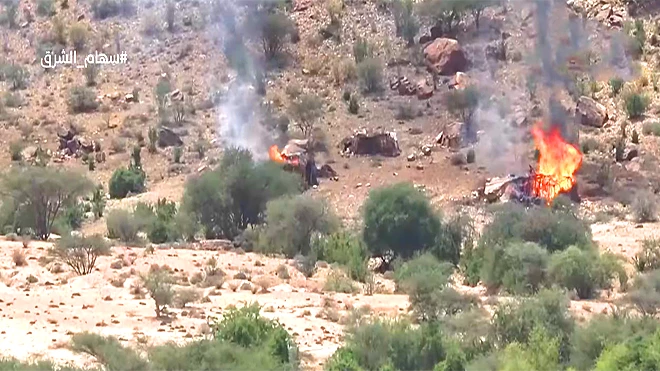
operation Eastern Arrows
According to Brigadier General Thabet Saleh, there are dozens of terrorist crimes committed against southerners in coordination and cooperation between the Houthis, Al-Qaeda, and ISIS, the most important of which is the handover of Mukalla and the coast of Hadramout to Al-Qaeda in 2015 AD, as well as in Abyan and Al-Baydaa such as the assassination of Abu Al-Yamama Munir Al-Yafei in conjunction with the terrorist attack on Sheikh Othman police and other crimes. In addition to media serving between each other, instigating the death of southerners and justifying and covering up these crimes.
He explained that the agreement signed between the UAE and Yemen is similar to a joint defense agreement in that it provides legal legitimacy to the full support that the UAE will provide to Yemen, particularly in liberated areas, including direct defense and security intervention, as well as the task of combating terrorism and confronting the Houthis and any internal or external aggression that comes in first and foremost. To the degree that the agreement provides the UAE the authority to intervene, it obligates it to provide the southern forces with all essential support in order for these forces to protect the liberated territories (the south).
In April 2016, Radio Monte Carlo International reported the completion of a prisoner exchange agreement between the Houthis and Ansar al-Sharia, the local affiliate of al-Qaeda in Yemen's Al-Baydaa governorate, which involved the release of approximately 100 captives from both sides.
The first prisoner exchange between the Houthis and the al-Qaeda group was recorded on October 1, 2015 in the Dhi Na'em area of Al-Baydaa Governorate, and it included the exchange of more than 20 prisoners between the two parties, including 9 al-Qaeda members in exchange for more than 11 Houthis, according to the Middle East. At the time, the deal was cloaked in full secrecy.
In April 2016, the Houthis and al-Qaeda conducted a major exchange deal n the city of Mukalla, Hadramout Governorate, to exchange more than 100 prisoners from the two parties, including terrorist elements had been caught before the Houthis gained control of the capital, Sanaa, in September 2014. The deal, billed as the largest, took place in the city of Seiyun in secrecy and unannounced. It featured the exchange of more than 70 Houthi captives for more than 50 al-Qaeda militants.
The Hadramout deal is the third for the exchange of prisoners between Al-Qaeda and the Houthis, while the second deal was in Al-Baydaa governorate, in mid-April of the year 2016 and included the release of 47 Al-Qaeda members, including the two sons of Sheikh Tariq Al-Fadhli, who is accused of having loyalty to the terrorist organization in Abyan governorate.
Majed Fadael, Undersecretary of the Yemeni Ministry of Human Rights and a member of the Government Prisoners Committee, stated in September 2019 that the Houthi group had completed the exchange of 115 prisoners from both sides with "Ansar al-Sharia" in Al-Baydaa Governorate, and that the deal included the release of the Houthis.
"The deal is the sixth between Al-Qaeda and the Houthis," Fadayel revealed at the time, and it involved the release of terrorist components who carried out a number of terrorist activities in Yemen and had been held in the capital's central prison since 2013. He described the Houthi group's deal as a declaration of war against the international community, which pays more attention. By fighting terrorist groups, and the release of terrorist elements will have an impact on domestic and international peace and security.
The governorate of Al-Baydaa is located around 170 kilometers southeast of Sana'a. It is surrounded on all four sides by mountains. It is bounded to the east by Jabal Al-Farid, to the west by Jabal Harbi, to the north by Jabal Al-Qalaa, and to the south by Jabal Al-Adhamiya. It also borders eight governorates, one of which being Shabwa. Al-Dhalea, Abyan, and Lahj are governorates in southern Yemen, while Ma'rib, Sana'a, Dhamar, and Ibb are governorates in northern Yemen.








